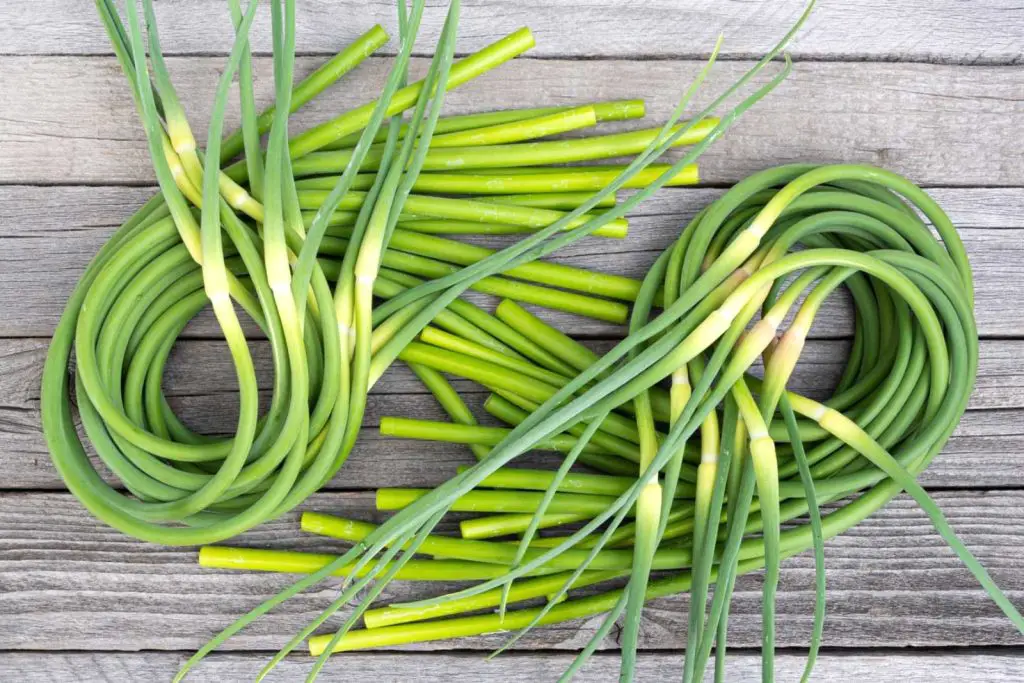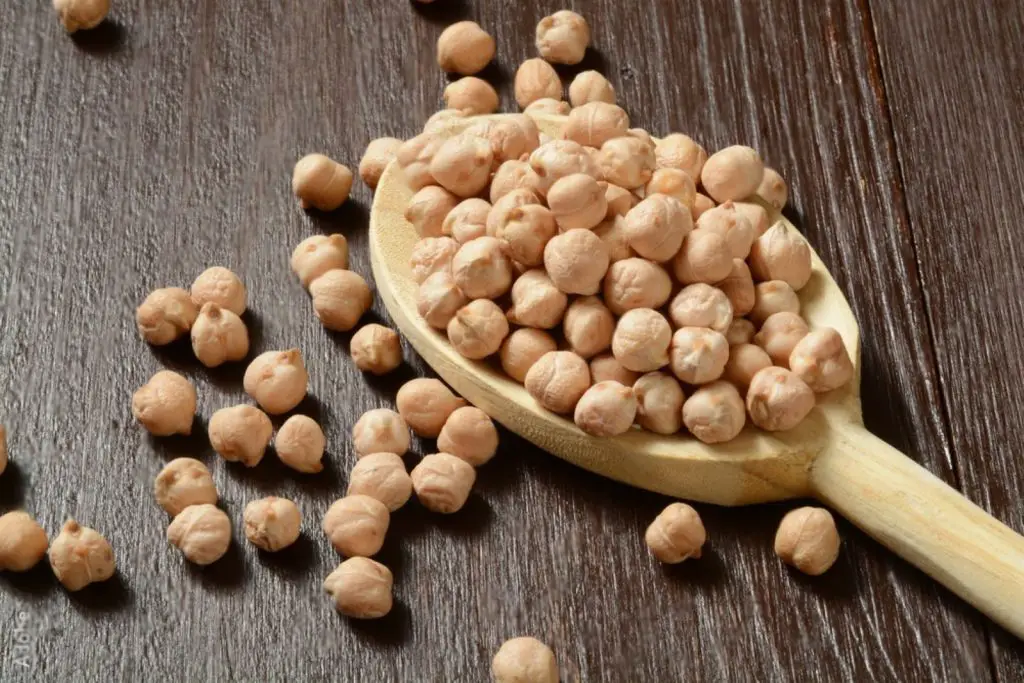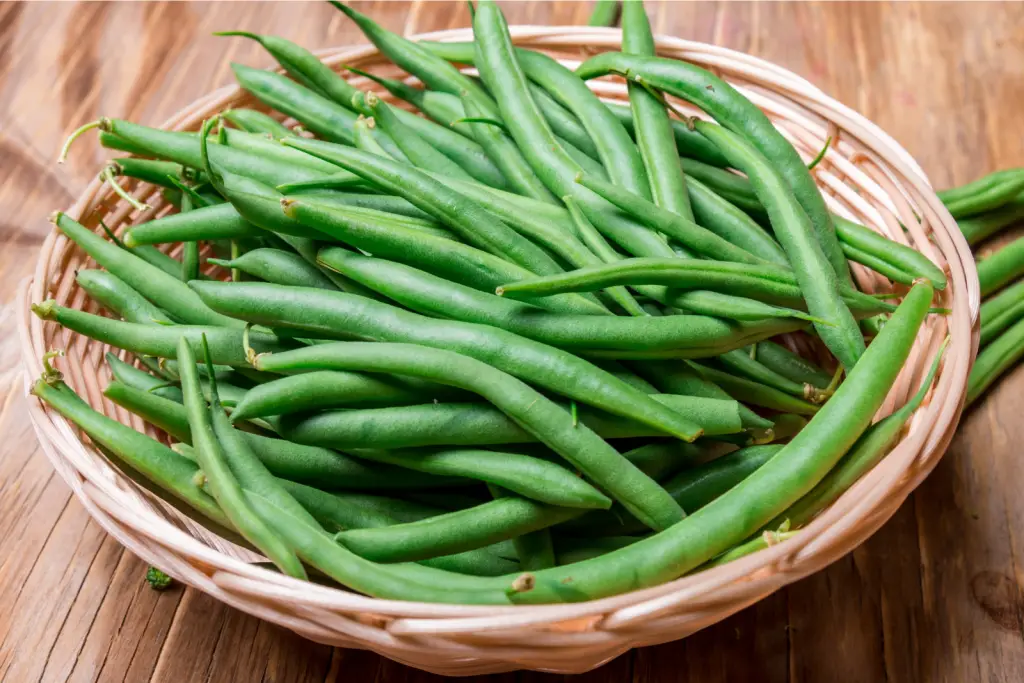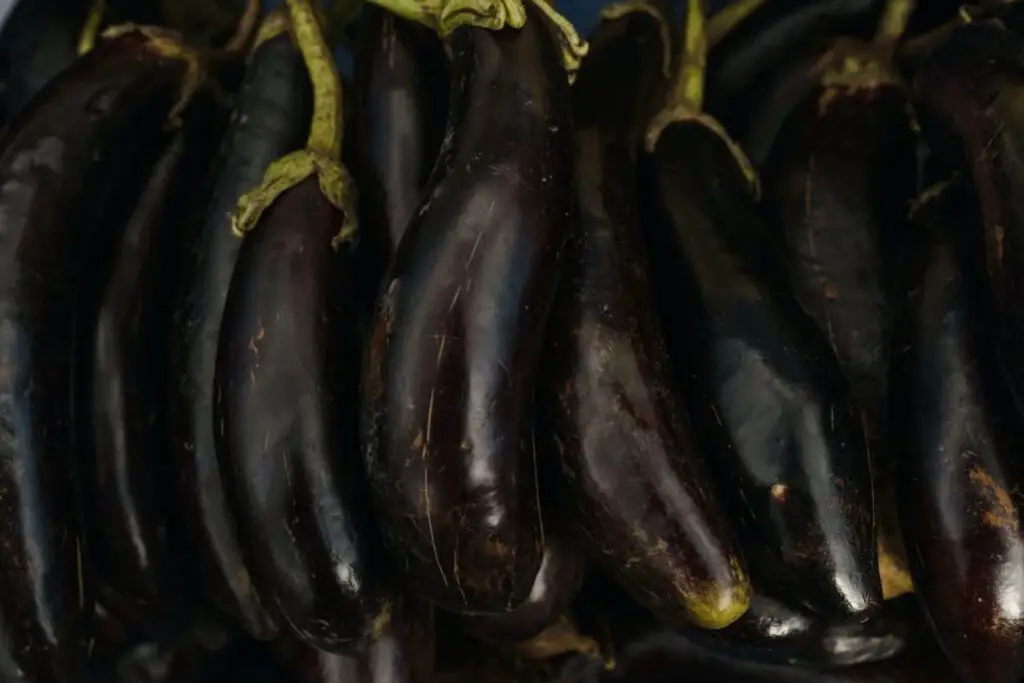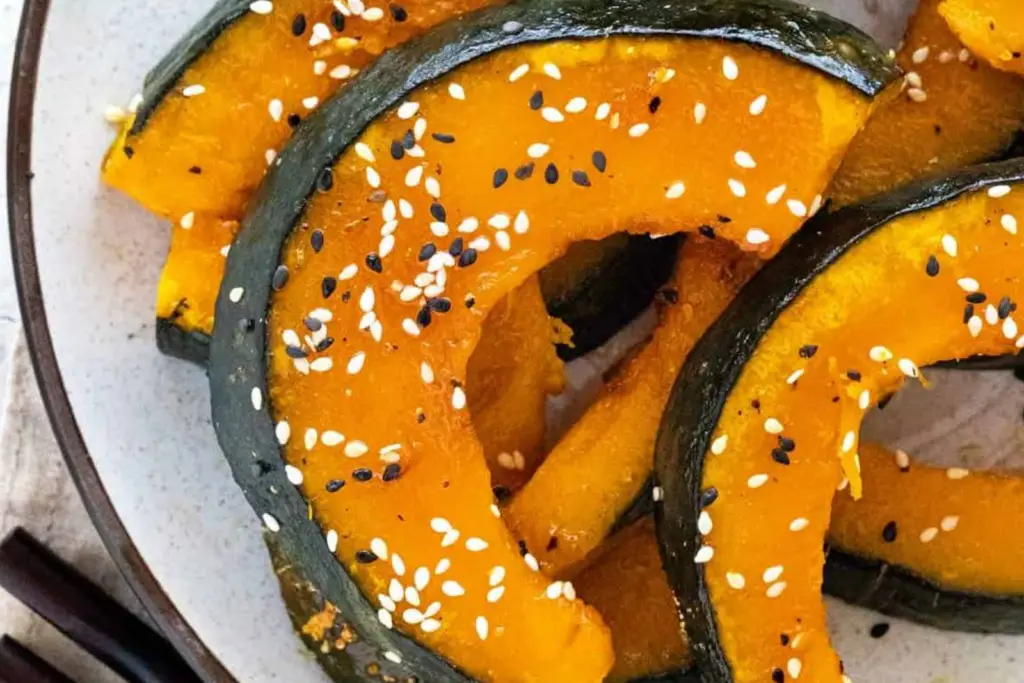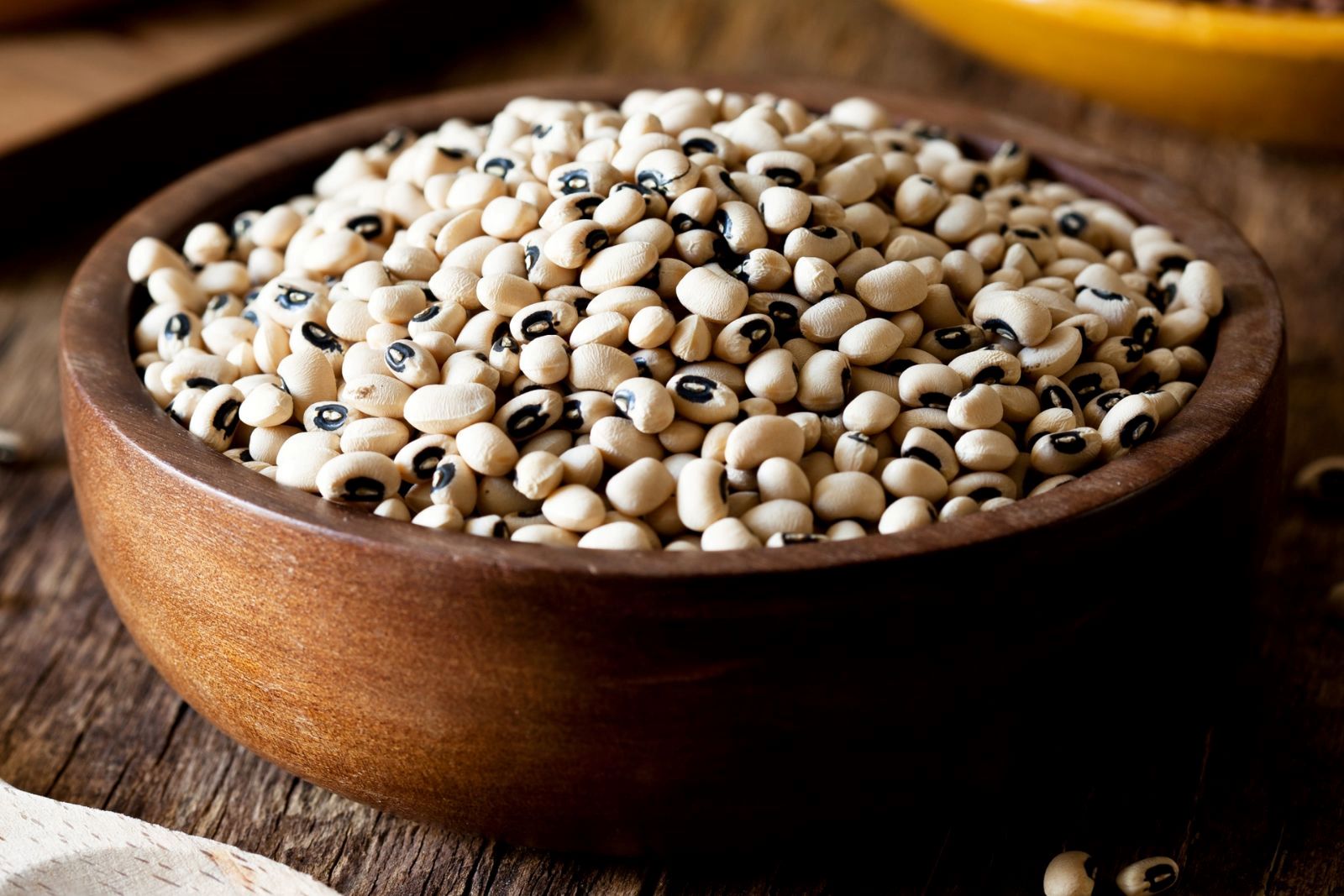
Black-eyed peas, also known as cowpeas, are a versatile and nutritious legume widely enjoyed in various cuisines around the world. Whether you’ve harvested a bountiful crop from your garden or simply want to preserve their freshness, freezing black-eyed peas is a fantastic way to extend their shelf life and ensure they’re readily available for future culinary adventures. By following a few simple steps, you can freeze black-eyed peas effectively, locking in their vibrant flavors and tender texture.
Here are the simple steps to freeze black-eyed peas:
Step 1: Select Fresh Black-Eyed Peas
Selecting fresh black-eyed peas is crucial when freezing them, as it ensures the best quality and taste after they are thawed. Here’s why it’s important to choose the right peas:
- Flavor and Nutritional Value: Fresh black-eyed peas have a vibrant and delicious flavor. They are also packed with essential nutrients like fiber, protein, folate, and vitamins. By selecting fresh peas, you can preserve these flavors and nutrients throughout the freezing process.
- Texture: Fresh peas are plump and firm, with a satisfying texture. When frozen and thawed, they retain their texture better than peas already starting to soften or wrinkle. This is important, especially if you plan to use peas in salads, stews, or other dishes where texture matters.
- Color: High-quality black-eyed peas have a vibrant cream or light tan color. Avoid peas that show signs of blemishes, discoloration, or dullness, as these may indicate age or spoilage. Freezing fresh peas maintains their appealing color, making them visually appealing in your cooked dishes.
- Longevity: Fresh peas have a longer shelf life, allowing you to store them for a longer period before freezing. This flexibility gives you more time to prepare and organize your freezing process, ensuring you have the best-quality peas when you’re ready to freeze them.
By carefully selecting fresh black-eyed peas that are plump, firm, and free from blemishes or discoloration, you set the foundation for successful freezing and thawing. The freshness of the peas contributes to their flavor, texture, and overall quality, resulting in delightful dishes when they are eventually used.
Step 2: Shell and Blanch Black-Eyed Peas
Shelling and blanching black-eyed peas are important steps in the freezing process that contribute to preserving their quality. Here’s why these steps are necessary:
- Removing the Pods: Black-eyed peas are typically enclosed in tough, fibrous pods. Shelling the peas involves removing them from their pods, which can be a time-consuming task. However, it is essential for freezing as it ensures that only the peas themselves are frozen, allowing for even freezing and better texture preservation.
- Enzyme Inactivation: Black-eyed peas contain natural enzymes that can cause enzymatic reactions, leading to changes in flavor, texture, and color over time. Blanching, a quick heating process, helps inactivate these enzymes, preserving the peas’ quality during freezing. Blanching also helps remove any dirt, bacteria, or surface contaminants on the peas.
- Color Retention: Blanching helps maintain the vibrant color of black-eyed peas. The brief exposure to boiling water helps set the green pigment (chlorophyll) in the peas, preventing discoloration or fading during freezing. This ensures that the peas remain visually appealing even after they are thawed and cooked.
- Texture Preservation: Blanching black-eyed peas before freezing helps retain their desired texture. It helps soften the peas slightly and reduces the risk of them becoming mushy or overly tender during freezing. Blanching also makes the peas more pliable, ensuring they freeze evenly and retain their shape better.
- Cooling and Halting Cooking: After blanching, immediately transferring the peas to an ice bath (a bowl of ice-cold water) is crucial. This rapid cooling process stops the cooking process and helps maintain the peas’ crispness and color. It also prevents any residual heat from continuing to cook the peas, ensuring they remain firm and retain their texture.
By shelling the black-eyed peas and blanching them for a short period of time before freezing, you ensure that the peas are at their best quality when it comes time to use them in your recipes. Blanching halts enzymatic activity, maintains color and texture, and contributes to a more visually appealing and delicious end result.
Step 3: Drain and Dry Black-Eyed Peas
After blanching and cooling the black-eyed peas, it is important to drain and dry them properly before freezing. Here’s why these steps are essential:
- Removing Excess Water: Thoroughly draining the blanched peas helps remove any excess water that may have been absorbed during the blanching process. Excess water can lead to the formation of ice crystals during freezing, which can affect the texture and taste of the peas. Proper drainage ensures that the peas freeze individually and prevent them from clumping together.
- Prevention of Ice Crystal Formation: When moisture is present in frozen foods, it can form ice crystals that cause cell damage and affect the overall quality of the peas. By draining the peas well, you reduce the amount of moisture that can contribute to ice crystal formation. This helps preserve the peas’ texture and taste, resulting in better quality when they are thawed and cooked.
- Uniform Freezing: By spreading the drained black-eyed peas in a single layer on a clean kitchen towel or paper towel, you promote uniform freezing. This allows the peas to freeze individually and ensures that they do not stick together during the freezing process. It also makes it easier to portion and use the desired quantity of peas when you’re ready to cook.
- Complete Drying: Allowing the peas to dry completely after draining is crucial. Drying removes any remaining moisture on the surface of the peas, further preventing ice crystal formation and maintaining their texture. It also helps prevent freezer burn, which can occur when moisture is present on the surface of frozen foods.
By draining the blanched peas thoroughly and ensuring they are completely dry before freezing, you minimize the risk of ice crystal formation and maintain the quality of the peas. Proper drainage and drying contribute to better texture, taste, and overall freezer storage of black-eyed peas.
Step 4: Pack to Freeze Black-Eyed Peas
Proper packaging is essential when freezing black-eyed peas to ensure their quality and prevent freezer-related issues. Here’s why packaging is important and how to do it effectively:
- Maintaining Quality: Using freezer-safe containers or resealable plastic bags specifically designed for freezing helps maintain the quality of black-eyed peas. These containers and bags are made from materials that are resistant to low temperatures and prevent moisture from entering or escaping, thereby preserving the peas’ texture, taste, and nutritional value.
- Airtight Seal: It is crucial to ensure that the containers or bags used for packaging the peas are airtight. An airtight seal prevents air, which contains moisture and oxygen, from entering the package. Oxygen can cause freezer burn, resulting in discoloration, loss of flavor, and deterioration of texture. Moisture, on the other hand, can lead to ice crystal formation and freezer-related issues.
- Portioning for Convenience: Portioning the black-eyed peas according to your future recipe needs is a practical approach. By dividing the peas into smaller portions, you can easily defrost and use only the required amount without thawing the entire batch. This minimizes waste and allows for greater flexibility in meal preparation.
- Proper Labeling: When packaging the peas, it is important to label the containers or bags with the date of freezing. This practice helps you keep track of the storage time and ensures that you use the oldest peas first. Labeling also allows for easy identification of the contents, avoiding confusion when retrieving the desired portion from the freezer.
By using suitable freezer-safe containers or resealable plastic bags, ensuring an airtight seal, portioning the peas, and labeling them correctly, you can maintain the quality of black-eyed peas during freezing. These packaging practices contribute to preserving the peas’ taste, texture, and nutritional value, allowing you to enjoy them at their best when you’re ready to cook.
Step 5: Freeze and Store in the Freezer
After properly packaging the black-eyed peas, it’s time to freeze and store them correctly. Here’s why this step is important and how to ensure optimal results:
- Freezing Temperature: Place the packaged black-eyed peas in the freezer compartment of your refrigerator. It is recommended to set the freezer temperature to 0°F (-18°C) or below. Freezing at lower temperatures helps maintain the quality of the peas by preserving their taste, texture, and nutritional value. The colder the temperature, the slower the deterioration processes, such as enzyme activity and oxidation, which can affect the quality of the peas.
- Airtight Packaging: The airtight packaging of the black-eyed peas is crucial during storage in the freezer. It prevents air, moisture, and odors from entering the packaging, which helps maintain the peas’ quality over time. Ensure that the containers or bags are sealed tightly to prevent any potential exposure to air and moisture.
- Date Labeling: It’s important to label the containers or bags with the date of freezing. This helps you keep track of the storage time and ensures that you use the oldest peas first. By following the “first in, first out” principle, you can maintain freshness and prevent the wastage of stored peas.
- Storage Duration: Black-eyed peas can be stored in the freezer for up to 12 months. However, to maintain the best quality, it is recommended to consume them within this timeframe. After 12 months, the peas may still be safe to eat but may experience a decline in taste, texture, and overall quality.
By placing the properly packaged black-eyed peas in a freezer set to 0°F (-18°C) or below, labeling them with the date of freezing, and observing the recommended storage duration, you ensure that the peas remain in their optimal condition. This enables you to enjoy their delicious taste and nutritional benefits even after an extended period of storage.
Step 6: Thaw the Frozen Black-Eyed Peas
Thawing and cooking frozen black-eyed peas correctly is essential to maintain their flavor, texture, and safety. Here’s why proper thawing methods are important and how to thaw and cook the peas effectively:
- Flavor and Texture Preservation: Thawing the black-eyed peas properly helps preserve their flavor and texture. Slow thawing in the refrigerator allows the peas to thaw gradually and evenly, resulting in better taste and texture than rapid thawing methods. This ensures that the peas retain their desirable qualities and enhance the overall quality of your dishes.
- Refrigerator Thawing: The safest method to thaw frozen black-eyed peas is by transferring the desired amount from the freezer to the refrigerator and allowing them to thaw overnight. This gentle thawing process minimizes the risk of bacterial growth and maintains the quality of the peas. It is recommended to place the peas in a covered container or sealed bag to prevent cross-contamination and maintain their freshness.
- Microwave Defrosting: If you’re in a hurry, you can use the defrost function on your microwave to thaw the black-eyed peas. However, it’s important to follow the microwave manufacturer’s instructions and use the appropriate power level and timing to prevent partially cooking the peas. Stirring or rotating the peas during defrosting helps ensure even thawing.
- Direct Addition to Cooked Recipes: Alternatively, you can add frozen black-eyed peas directly to your cooked recipes, adjusting the cooking time accordingly. This method works well for dishes that require longer cooking times, such as stews or soups. Adding the frozen peas toward the end of the cooking process allows them to thaw and cook simultaneously.
- Avoid Room Temperature Thawing: Thawing black-eyed peas at room temperature is not recommended, as it can promote bacterial growth. Leaving the peas at room temperature for an extended period increases the risk of foodborne illnesses. Therefore, it’s important to use safe thawing methods that prevent the growth of harmful bacteria.
By following proper thawing methods, such as refrigerator thawing or using the defrost function on your microwave, you can ensure that the frozen black-eyed peas thaw safely and maintain their quality. Whether you choose to thaw the peas in the refrigerator, microwave, or add them directly to cooked recipes, adjusting the cooking time accordingly, you can enjoy delicious and nutritious dishes with the thawed black-eyed peas.
Are there any tips for maintaining the best quality when thawing and cooking frozen black-eyed peas?
To maintain the best quality when thawing and cooking frozen black-eyed peas, consider the following tips. Thaw the peas using gentle methods such as refrigerator thawing or microwave defrosting to preserve their texture and taste. When cooking, avoid overcooking the peas to prevent them from becoming mushy, and season them with herbs, spices, or broth for enhanced flavor. Additionally, incorporating peas into dishes with complementary ingredients can help create well-balanced and delicious meals.
Other related questions
Can you refreeze black-eyed peas?
It is generally not recommended to refreeze black-eyed peas once they have been thawed. Refreezing can lead to a loss of quality, including changes in texture and taste. It is best to portion and freeze black-eyed peas in amounts that align with your intended use to avoid the need for refreezing.
How do I know if the black-eyed peas have gone bad after being frozen?
To determine if black-eyed peas have gone bad after being frozen, consider the following indicators. Check for any signs of freezer burn, such as dry, discolored, or shriveled peas. Additionally, if the peas have an off smell or unusual texture, it is likely an indication of spoilage. If any doubt persists, it is best to discard the peas to avoid the risk of foodborne illness.
Can I freeze cooked black-eyed peas?
Yes, you can freeze cooked black-eyed peas. Before freezing, allow the cooked peas to cool completely. Package them in airtight containers or resealable bags, remove as much air as possible, and label them with the date. Properly stored, cooked black-eyed peas can be frozen for up to 3 months, maintaining their taste and texture when thawed and reheated properly.
What are some popular recipes or dishes that can be made with frozen black-eyed peas?
Frozen black-eyed peas can be used in a variety of popular recipes and dishes. They are commonly used in Southern cuisines, such as Hoppin’ John, a traditional dish made with black-eyed peas, rice, and seasonings. They are also versatile ingredients in soups, stews, salads, and side dishes, providing a nutritious and hearty addition to meals. Other popular recipes include black-eyed pea fritters, black-eyed pea salsa, and black-eyed pea curry, showcasing their adaptability in different culinary styles.
How do you preserve peas without freezing them?
Preserving peas without freezing them can be achieved through various methods. One common approach is canning, which involves processing the peas in jars with the addition of a preserving liquid, typically brine or water. Another option is pickling, where peas are preserved in a vinegar-based solution along with spices and herbs. Alternatively, peas can be dried by removing their moisture through dehydration methods such as air drying or using a food dehydrator, resulting in shelf-stable dried peas.
What are other methods for freezing black-eyed peas?
In addition to traditional freezing methods, there are a few alternative approaches to freezing black-eyed peas. One method is flash freezing, where the peas are spread in a single layer on a baking sheet and frozen until firm, then transferred to airtight containers or bags for long-term storage. Another option is to freeze black-eyed pea puree or soup in individual portions, making it convenient for quick and easy meal preparation. Lastly, some people opt for vacuum sealing, which removes air from the packaging to minimize freezer burn and maintain the quality of the peas.

